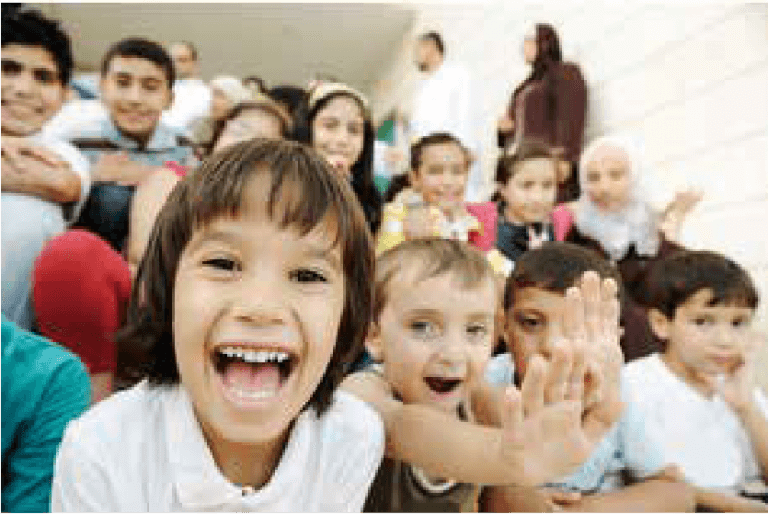
Children and youth make up a substantial portion of the Canadian population. They are a very diverse group – not only with regards to their culture, ethnicity, family structure, experiences – but also with regards to their living conditions and opportunities. There are numerous factors shaping the experiences of children and youth in Canada. In this module you will find population and demographic data describing who the children and youth are and where they live. As well, this module contains facts and figures presenting the diverse backgrounds of children and youth in Canada, their family life, economic security, education and health outcomes.
Read Module





